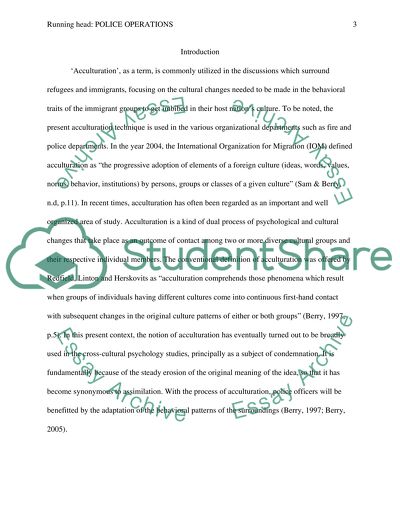Cite this document
(“Police Operations Research Paper Example | Topics and Well Written Essays - 2500 words”, n.d.)
Police Operations Research Paper Example | Topics and Well Written Essays - 2500 words. Retrieved from https://studentshare.org/law/1482165-police-operations
Police Operations Research Paper Example | Topics and Well Written Essays - 2500 words. Retrieved from https://studentshare.org/law/1482165-police-operations
(Police Operations Research Paper Example | Topics and Well Written Essays - 2500 Words)
Police Operations Research Paper Example | Topics and Well Written Essays - 2500 Words. https://studentshare.org/law/1482165-police-operations.
Police Operations Research Paper Example | Topics and Well Written Essays - 2500 Words. https://studentshare.org/law/1482165-police-operations.
“Police Operations Research Paper Example | Topics and Well Written Essays - 2500 Words”, n.d. https://studentshare.org/law/1482165-police-operations.


